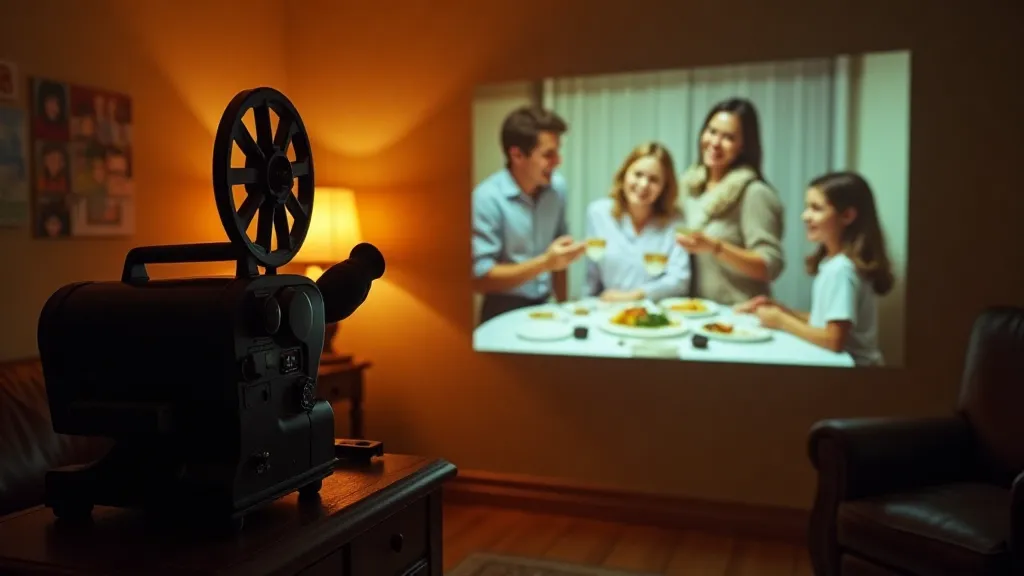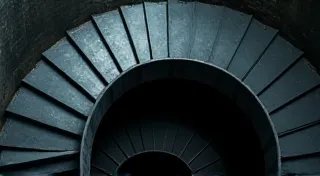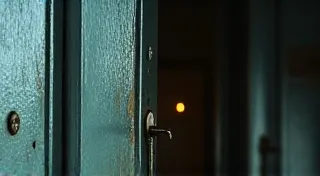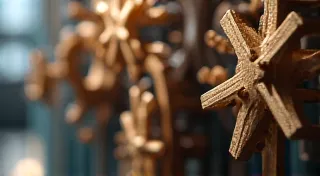The Geometry of Projection: Aligning Optics for Crystal-Clear Images
There's a quiet poetry to vintage slide projection. It’s more than just the act of illuminating images; it’s a carefully orchestrated dance of light and glass, a testament to an era when engineering was an art and longevity was a design imperative. Holding a slide projector in your hands – the reassuring weight of the metal casing, the satisfying click of the advance lever – evokes a connection to a time before digital convenience, a time when shared experiences revolved around communal gatherings and the anticipation of seeing photographs projected onto a screen. But that magic, that crisp, vibrant projection, relies on a delicate balance, a precise geometry that's often compromised by age and use.
I remember the first time I truly understood this. As a boy, I’d watch my grandfather project his travel slides. The images were often blurry, distorted, or simply lacked the vibrancy I’d expected. He’s dismissed it as “just how they are,” attributing the imperfection to the age of the slides themselves. Years later, after acquiring my own vintage projector, I began to suspect something else was at play – a misalignment, a subtle shift in the carefully calibrated optical path. It became a fascination, a puzzle to be solved.
The Legacy of Precision: Craftsmanship and Optical Design
Vintage slide projectors, particularly those from the mid-century – brands like Kodak, Canon, and Minolta – were marvels of engineering. They weren’t just assembled; they were meticulously crafted. Each lens group, carefully ground and polished, was designed to work in perfect harmony with the others. The projection path wasn’t a straight line; it involved complex refractions, each one requiring an almost impossibly tight tolerance. These engineers understood that a few thousandths of an inch off could render the entire system unusable, or, at best, produce an image far from its intended clarity.
Think about the skill involved. Grinding optical glass wasn't a process anyone could just learn. It demanded a deep understanding of physics, a steady hand, and an almost artistic intuition. It’s akin to a master violin maker, obsessing over the precise curve of a bridge or the tension of the strings. The slightest deviation can alter the entire sound. Similarly, a misaligned lens in a slide projector isn't just a technical problem; it's a disruption of that carefully orchestrated symphony of light. Often, these issues relate to subtle anomalies like chromatic aberration, another layer of complexity in preserving these legacy systems – a topic further explored in Chromatic Aberration & the Fragility of Time: Restoring Color Fidelity in Vintage Slide Projects.
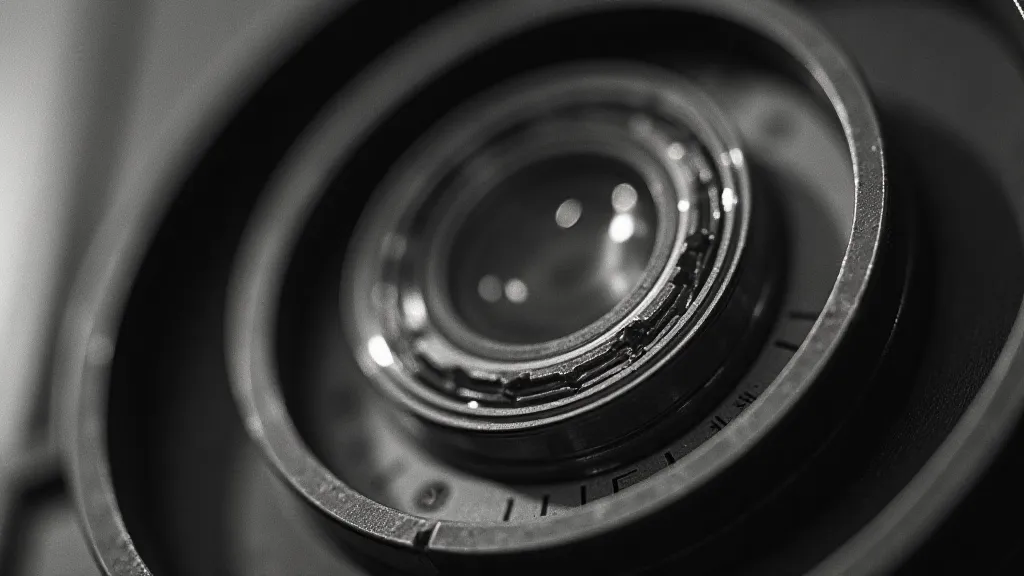
Understanding the Projection Path
To appreciate the importance of alignment, it’s helpful to understand the fundamental projection path. Light emanates from the lamp housing, passing through a condenser lens, then through the slide itself, and finally through the projection lens. Each component plays a critical role. The condenser focuses the light onto the slide, ensuring even illumination. The slide, of course, contains the image itself. And the projection lens forms a magnified, focused image onto the screen. Any shift in the position of any of these components will introduce errors.
A common misalignment involves the condenser lens. Over time, vibration or impacts can cause it to tilt or shift slightly. This throws off the entire illumination pattern, leading to uneven brightness or a lack of sharpness. Another frequent issue concerns the slide holder, which is designed to precisely position the slide in the light path. A warped slide holder can cause the slide to be tilted, resulting in a tilted image on the screen. These issues are compounded when we consider the complexities of carousel projectors (often called "rotary slide projectors"), where precise timing and alignment are crucial to ensure the slides are presented correctly and in focus. These machines, with their intricate mechanisms, present unique challenges—restoring their motion picture capabilities is a specialist's craft, a deeper exploration of which can be found in Resurrecting the Diaporama: Restoring Motion Picture Capabilities in Vintage Carousel Projectors.
The Effects of Misalignment: Distortion and Loss of Detail
The symptoms of misalignment can manifest in several ways. A blurry image is the most obvious, but it can also be accompanied by distortions – vertical lines appearing tilted, colors being shifted, or a general lack of contrast. The beauty of a well-preserved slide is often in the subtle details – the nuances of expression on a face, the texture of a landscape. Misalignment smudges those details, robbing the image of its richness and emotional impact. It’s like looking at a masterpiece through a fogged window.
Imagine a carousel projector, attempting to display a carefully curated collection of family memories. If the timing is off, the slides flash by too quickly, or worse, appear completely out of order. The intended narrative is lost, and the experience becomes frustrating rather than joyful. These machines were intended to create moments of connection and shared appreciation; a misalignment defeats that purpose. The intricate interplay of gears and mechanics within these machines is a fascinating subject, and a celebration of their clockwork heart can be found in The Clockwork Heart of Nostalgia: A Technical Ode to Carousel Projector Gears.
Troubleshooting and Basic Alignment Checks
The good news is that many alignment issues are relatively straightforward to address. The first step is always a careful visual inspection. Check the slide holder for warping. Examine the condenser lens for dust or scratches (though cleaning optical glass is a delicate process best left to experienced restorers). Many projectors have adjustment screws that allow for minor corrections to the condenser and projection lens positions. Consult the projector's service manual (often available online) for specific instructions.
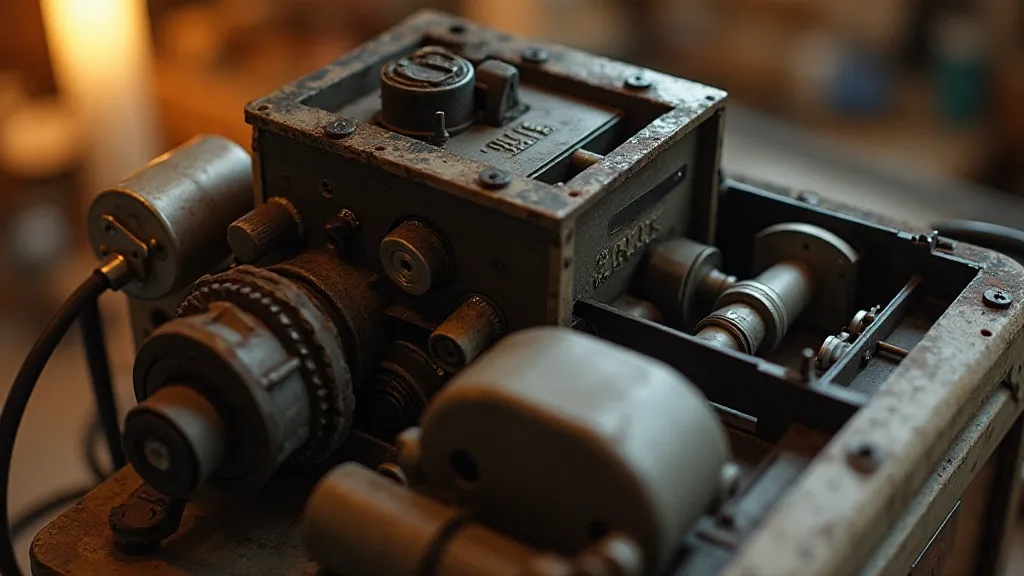
It's important to proceed slowly and methodically. Make small adjustments and check the image on the screen after each change. Patience is key. Attempting to force anything is likely to cause further damage. If you’re not comfortable performing these adjustments yourself, it’s best to consult a qualified repair technician. Remember, these machines are delicate and intricate, and improper handling can lead to irreparable damage. Sometimes, even a slight shift can impact the overall illumination – diagnosing these illumination issues requires a keen eye and understanding of optics, further detailed in The Ghost Light of Memory: Diagnosing Illumination Issues in Carousel Projectors.
Preserving a Legacy: The Value of Restoration
Restoring a vintage slide projector isn't just about fixing a machine; it's about preserving a piece of history, a link to a bygone era. It's about ensuring that these beautiful images continue to be shared and enjoyed for generations to come. It's a testament to the ingenuity and craftsmanship of the past, and a reminder of the power of analog photography. When you take the time to align those optics, to ensure that the light dances correctly, you're not just projecting an image; you’re resurrecting a memory, a connection, and a piece of our collective past.
The geometry of projection is more than just a technical challenge; it's a metaphor for the care and attention we should give to preserving these treasures. It’s about recognizing the beauty and value of imperfection, and appreciating the legacy of those who came before us. It's about ensuring that the magic of vintage slide projection continues to illuminate our lives.
